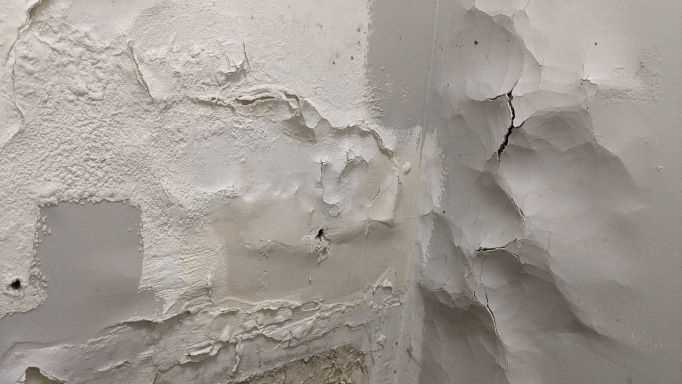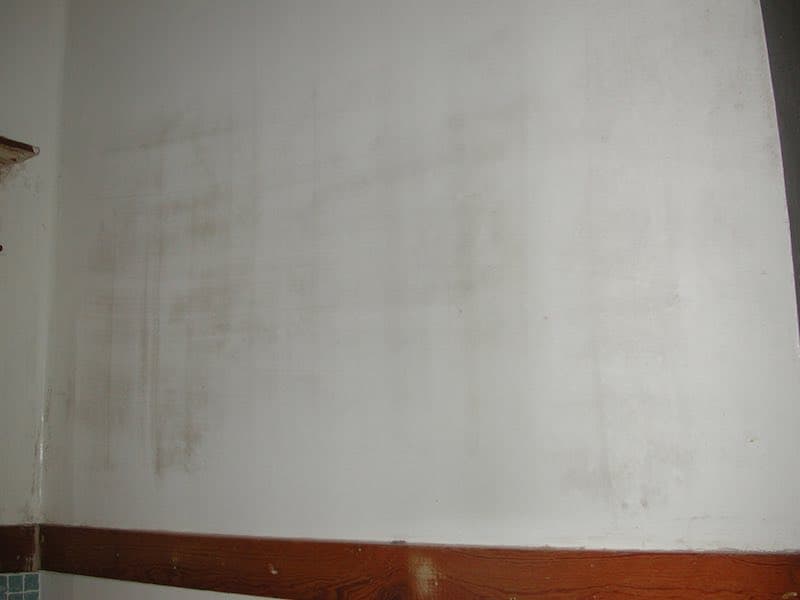Water Stain on Walls - Checking and Repair Advice
Water Stain on Walls - Checking and Repair Advice
Blog Article
They are making a number of good observations about How to Find and Repair Water Leaking in the Wall overall in the article followed below.

Water discolorations on wall surfaces are not pleasant to the eyes. In some cases it seems practically inevitable to experience water spots on wall surfaces in houses.
Home owners living in humid areas frequently deal with the concern of water spots on walls. With precise and all-around details on the causes of water discolorations and also timely repair procedures, you will certainly always be an action ahead of such events.
3 Common Sources Of Water Stains on Walls
Contrary to popular belief, water spots on walls do not always stem from inadequate building products. There are a number of causes of water discolorations on wall surfaces. These include:
Damp
When warm moist air meets dry cold air, it causes water droplets to form on the wall surfaces of buildings. When there is heavy steam from cooking or showers, this takes place in cooking areas and shower rooms. The water droplets can discolor the surrounding walls in these parts of your house and infect various other areas.
Moist or condensation impacts the roofing as well as walls of structures. This causes them to show up darker than various other locations of the house. When the wall is wet, it develops an appropriate setting for the growth of fungis and germs. These might have damaging results on health and wellness, such as allergic reactions and respiratory conditions.
Poor Water drainage
When making a structure plan, it is essential to make sure ample water drainage. This will prevent water from permeating into the wall surfaces. Where the water drainage system is blocked or missing, underground wetness develops. This web links to excessive moisture that you observe on the walls of your building.
So, the leading source of damp walls, in this instance, can be a poor drain system. It can likewise result from bad administration of sewer pipelines that run through the structure.
Pipeline Leaks
The majority of residences have a network of water pipes within the walls. This ensures that the pipelines are faraway from the reach of harmful rodents. It always raises the feasibility of such pipelines, as there is little oxygen within the wall surfaces. This inhibits rust.
A drawback to this is that water leakage impacts the walls of the building and also triggers prevalent damage. A telltale sign of defective pipelines is the appearance of a water discolor on the wall surface.
Pro Tip
A houseplant in your home likewise enhances its humidity. If the residence is currently humid, you might want to introduce houseplants with marginal transpiration. An example of appropriate houseplants is succulents.
Water Discolorations on Wall: Fixing Tips
Homeowners would typically want a quick fix when dealing with water spots. They would soon realize this is detrimental as the water spots repeat. So, below are a few helpful pointers that will lead you in the repair of water discolorations on wall surfaces:
Verdict
Although nobody intends to have water discolorations on walls in their home, it can occur to the best of us. This write-up gives you utilize, as you currently know how to handle this incident if it does occur.
It is always best to hire specialist solutions to assist fix the problems in your house.
Sometimes it appears nearly unpreventable to experience water discolorations on walls in homes.
Contrary to popular idea, water spots on walls do not constantly stem from poor structure materials. There are a number of reasons of water spots on walls. The water beads can stain the surrounding walls in these components of your house and spread to other areas.
Below are a few helpful ideas that will lead you in the fixing of water stains on walls:
CHECKING FOR WATER DAMAGE
Water damage can be costly, and it may begin before you even notice the first signs of trouble. Water damage can cause mold and mildew in your walls and floors, which can create an abundance of health concerns for your family. It can also lead to costly repairs of various appliances and general home fixtures. To avoid the pricey consequences of water damage, here are Warner Service’s top 5 places you should check:
The walls – The easiest place to spot the beginnings of water damage is on the walls and ceilings of your home. If water damage is present, there will most likely be water stains, especially around the windows and doorframes, and/or cracks in the drywall. If a stain looks unusual (discolored to brown, black or gray, raised texture), has a swollen appearance or is soft to the touch, contact a professional immediately. The pipes – To avoid water damage, consistently check the pipes in your kitchen (especially the dishwasher and ice maker), bathrooms, laundry room (specifically washing machines) and basement for corrosion, leaks and water stains. Pay special attention to where the pipes connect in your home and the location of caulking around the bathroom fixtures, including toilets, sinks, showers and tubs. Missing or loose caulking and grout could be signs of leaking water. This seepage can also quickly cause mold and rust, so double check your water heater and tank for wet spots on the floor. The floor – Water damage is very easy to spot on the floor. Look for any warping or buckling of the material, especially in the basement. If your home has wood flooring, look for bright white or dark stains. If your home has carpeting, keep it dry and clean. A damp carpet that smells of mold could cause water damage and health problems. To avoid this, consider installing floor pans under your appliances to help prevent damages from small, slow and undetected leaks. The basement and attic – If your basement or attic smells odd check for mold and mildew around the area, especially the valley where the roof meets. While you are inspecting those areas, check for wall cracks, floor stains, rust and dampness in the insulation. If you live in a colder and/or rainier climate, perform routine checks for water damage from melting snow or ice and rain. The exterior – Check the roof for damaged flashing and missing, cracked or curled shingles. There should also be no standing water anywhere outside your home. This could be caused by puddles, leaky rain gutters or hoses, poor drainage, or short gutter spouts. Invest in a sump pump system or water flow monitoring system, and perform routine maintenance on these outdoor appliances to avoid indoor water damage.

I have been very curious about How to Remove Water Stains from Walls and Ceilings and I really hope you liked my blog entry. Don't hesitate to take the time to distribute this blog post if you enjoyed it. I thank you for reading our article about .
Dial, we deliver! Report this page